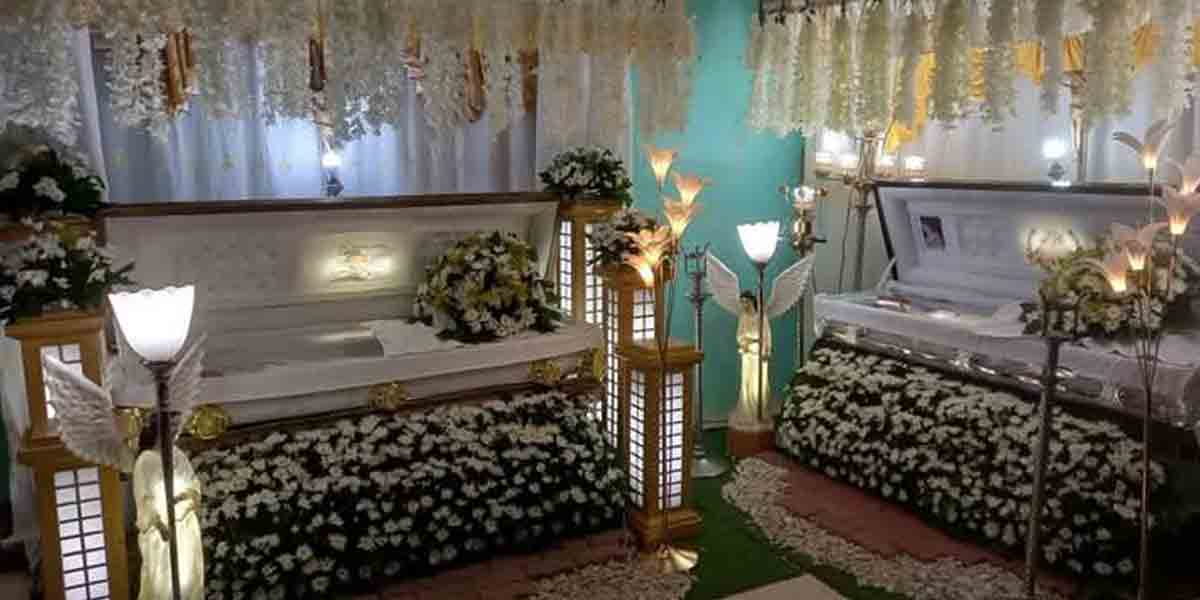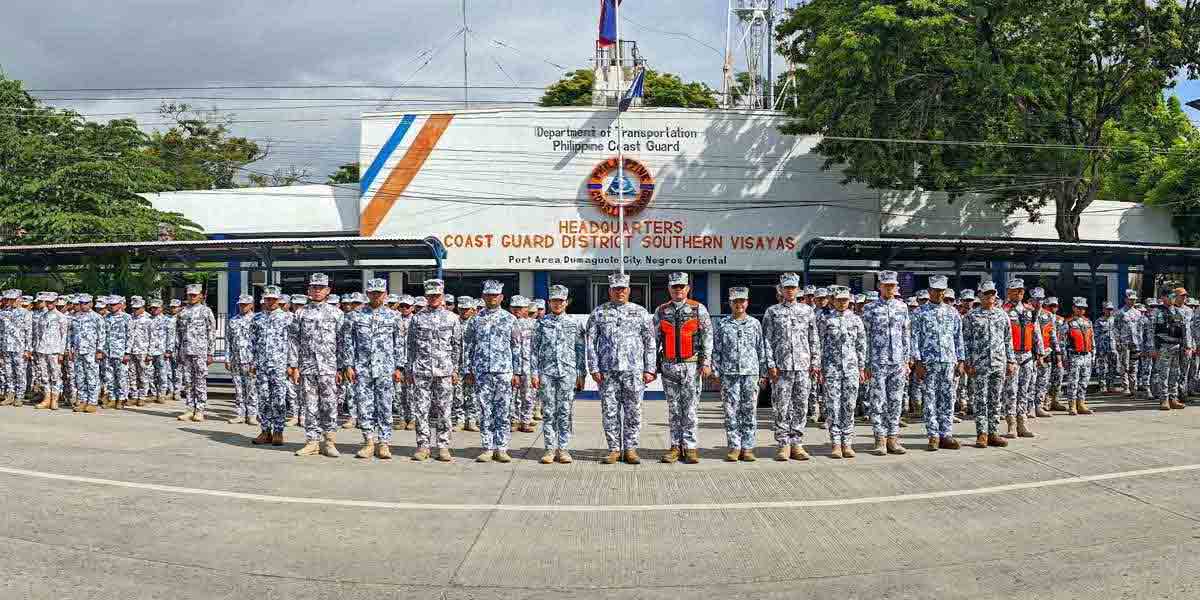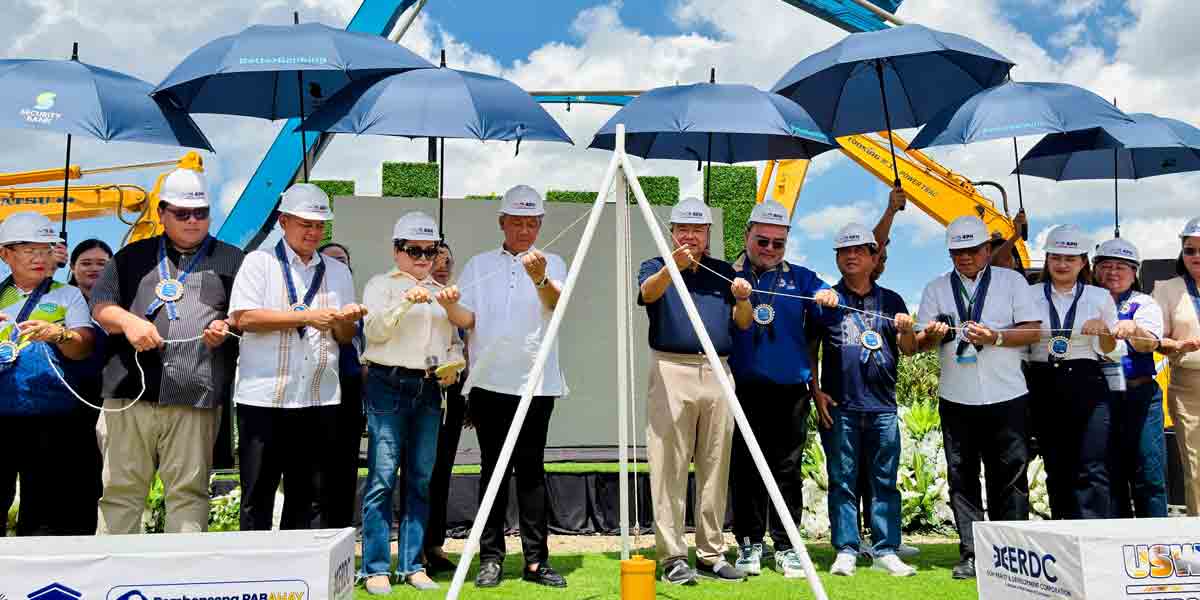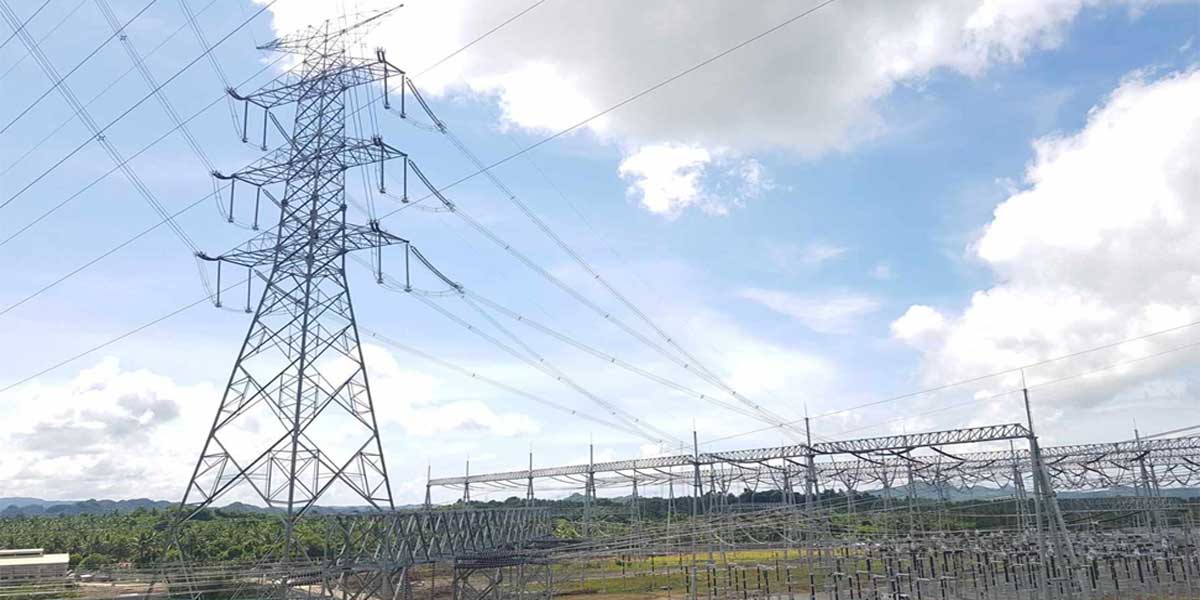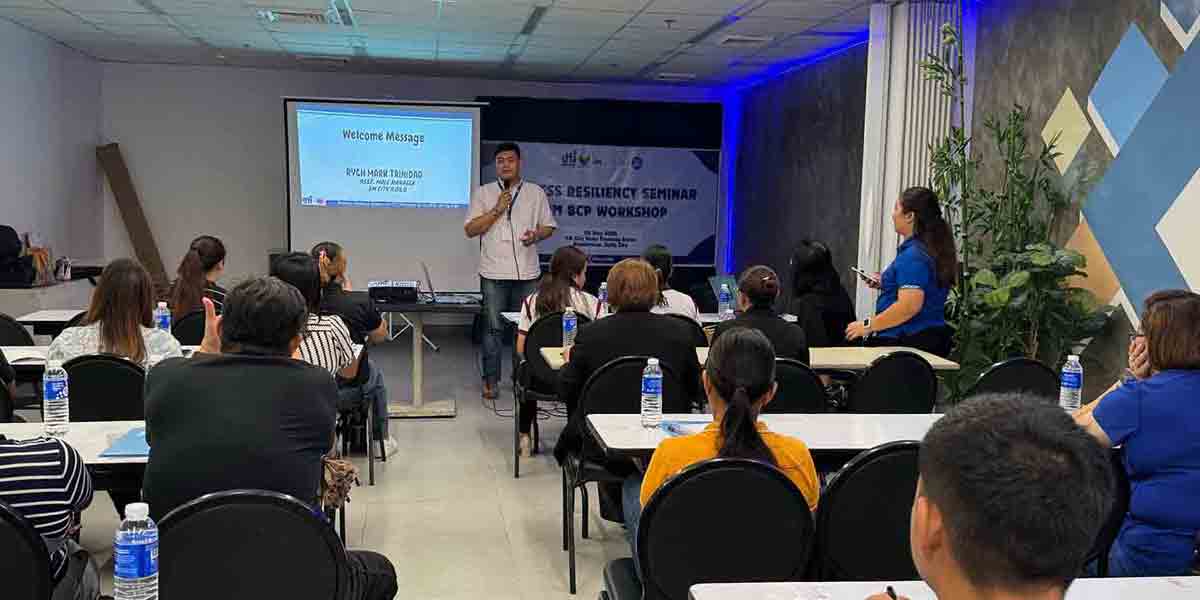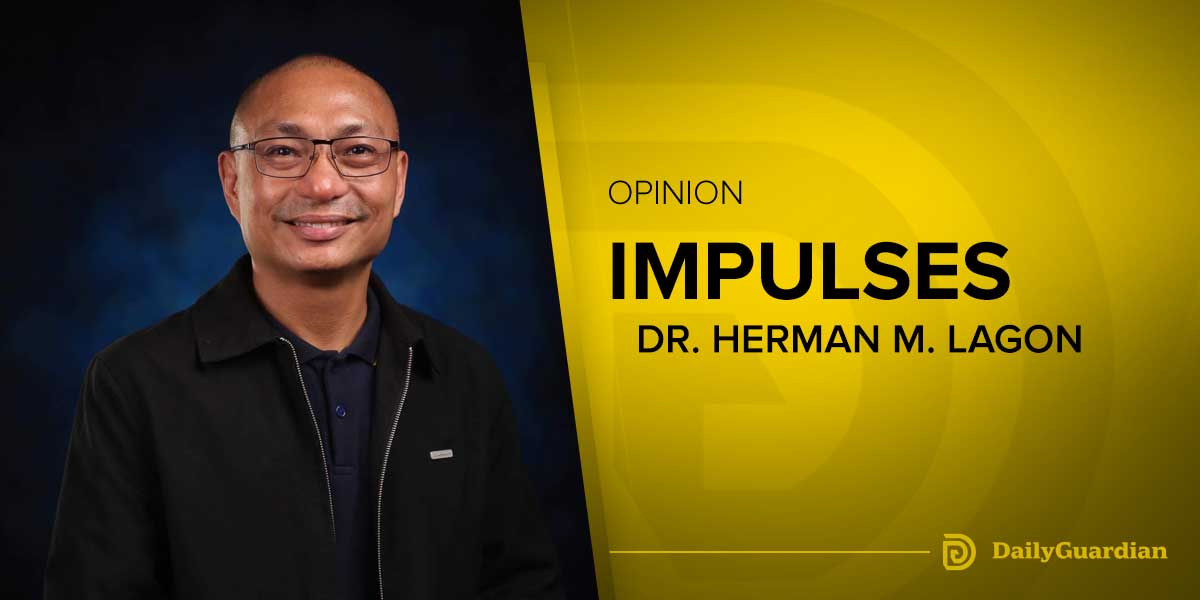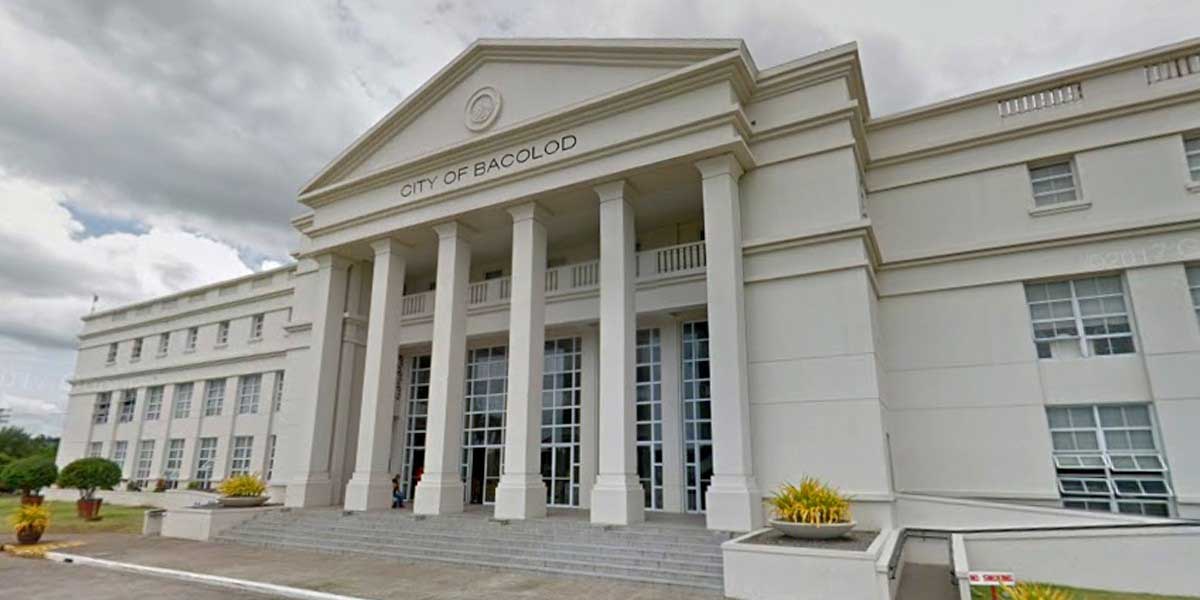
AC Energy Philippines, the owner of the barge which spilled bunker fuel into the coast of Iloilo City and Guimaras following an explosion on July 3, 2020, is doing okay in its clean-up activity, according to the regional head of the Environment Management Bureau (EMB) in Region 6.
Lawyer Raman Neil Pascua said some of the affected families can now return home.
“In fact we may soon recommend for the affected families to come back into their homes especially now that the current sampling on toxicity level of the affected areas is giving a good sign. As of now, we got zero presence of Hydrogen Sulfide and there’s very safe level of Benzene,” he said.
Petroleum fuel oils like bunker fuel oil contain hydrogen sulfide. Exposure to high concentrations of hydrogen sulfide may cause irritation to the eyes, nose, or throat. It may also cause difficulty in breathing for some asthmatics.
Benzene, which is also present in bunker fuel, is classified as a carcinogen, which increases the risk of cancer and other illnesses.
Atty. Pascua also said that with the pace AC Energy is conducting its clean-up of the oil spill, he is anticipating that the company could finish the activity by August 3 as stated in their timeline.
“They still have more than two weeks to finish it and with the rate it is going I believe it is doable,” he said.
Reports indicated that 268,948.61 liters of bunker oil spilled into the coast of Iloilo as verified by the Philippine Coast Guard.
Some 95 percent of the oil have already been recovered by the clean-up team organized by AC Energy.
The remaining 5 percent are floaters which naturally evaporate or are either stuck in sea walls or carried away by tidal movements.
In a separate interview with RMN-dyRI, Atty. Pascua said AC Energy is religiously following the environment management plan (EMP) that aims to address the environmental impact of the oil spill.
The EMP, which was submitted by AC Energy, discussed the detailed plans of the company and the relevant timeline in relation to key areas which the DENR-EMB stressed and highlighted during the technical conference shortly after the oil spill incident.
The key areas covers the completion of oil spill cleanup and ensuring that water quality is restored to safe levels; continued monitoring of air quality and ensuring that air quality is safe before affected families are allowed to return to their homes; proper collection and disposal of oil contaminated materials and wastes; and rehabilitation plan for the affected mangrove areas and fisheries.
Pascua said the recovered debris from the oil spill incident will be transported to an identified disposal area in Region 3 or Central Luzon.
“As soon as the debris have been put in a sealed container van or drums, we will immediately transport it to the designated disposal are in Region 3,” he added.

